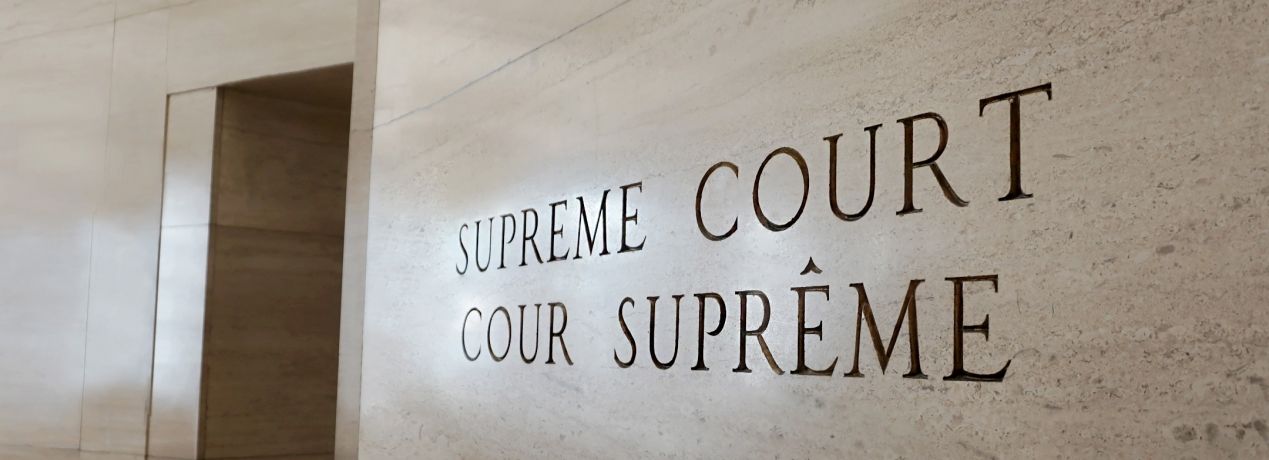The Supreme Court of Canada ruled in favour of the AER and Orphan Well Association’s (OWA’s) appeal of the Redwater decision. While we are pleased with the Supreme Court’s decision, we know we must change the way we manage liability to ensure that end-of-life obligations are addressed in order to continue protecting Albertans, our environment, and our province’s many responsible operators. Loon Swan Duck Goose
From the May 2016 Redwater decision until January 30, 2019, receivers and trustees involved in 28 insolvencies renounced their interest in more than 10 000 AER-licensed sites (wells, facilities, and pipelines) with deemed liabilities of almost $335 million. In that same period, the OWA’s inventory of wells increased more than 300 per cent from 768 to 3100.
The receiver for Redwater has been directed to prepare a plan to address Redwater’s end-of-life obligations with the funds that have been placed in trust.
We recognize that funds are limited in many insolvency cases and that there may not be enough to fully address all end-of-life obligations, which reinforces the need for further changes. To address this, we are currently working on an improved liability management framework that we believe will strengthen our existing system.
Addressing end-of-life obligations is essential for responsible energy development. We are committed to working collaboratively with receivers, trustees, and other stakeholders to find the best path forward to ensure that liabilities are addressed while enabling responsible development.
Since the ruling, we have met with receivers and trustees involved in active insolvencies to determine how best to mitigate impacts associated with each unique situation.
We know that the ruling has created uncertainty within the lending community and want to make sure that we understand their concerns. We plan to meet with lenders to discuss a path forward for future insolvencies, while ensuring end-of-life obligations are addressed to the greatest extent possible.
We will share more information as our process continues.
What was the Redwater Decision?
The 2016 Alberta Court of Queen’s Bench Redwater decision and the Alberta Court of Appeal decision, which were both overturned by the Supreme Court, would have allowed receivers and trustees of insolvent oil and gas companies to renounce (also referred to as “disclaim”) unprofitable assets and avoid a company’s end-of-life obligations. This would have allowed creditors to avoid legislative requirements that licensees would have had to follow if they were not in receivership or bankruptcy.
The AER released a public statement after the Alberta Court of Queen’s Bench decision in May 2016, and another in April 2017 after the Alberta Court of Appeal upheld the decision. We then took the fight all the way to the Supreme Court of Canada, which announced in November 2017 that it would hear our appeal.
The Supreme Court determined that the AER was not a creditor and that while receivers and trustees are not personally liable for addressing end-of-life obligations, they cannot simply walk away from the environmental obligations of the debtor company they are appointed over. A key point in the ruling was that a receiver or trustee is considered a licensee and must meet regulatory obligations. The court also found no conflict between the Bankruptcy and Insolvency Act and provincial legislation.
Check out our July 2018 Resource article explaining why taking the case to the Supreme Court of Canada was so important.
A Timeline of the Redwater Decision
| May 17, 2016 | The Court of Queen’s Bench of Alberta issues its decision (the Redwater decision) on the AER’s challenge to Grant Thornton Limited’s (the receiver) ability to disclaim energy-industry liabilities. |
| May 27, 2016 | The AER files an appeal of the Court of Queen’s Bench of Alberta ruling. |
| April 24, 2017 | The Alberta Court of Appeal denies the AER’s appeal of the Redwater decision. |
| April 28, 2017 | The AER announces that it is seeking leave to appeal to the Supreme Court of Canada. |
| July 4, 2017 | The AER and OWA request leave to appeal to the Supreme Court of Canada. |
| November 9, 2017 | The Supreme Court of Canada agrees to hear the AER’s appeal. |
| February 15, 2018 | The AER and OWA appeal of the Redwater decision is heard by the Supreme Court of Canada. |
| January 31, 2019 | The Supreme Court of Canada issues its ruling, overturning the Redwater decision. |
Aging-Infrastructure Video Series
Check out our new video series that walks you through the life cycle of a well and outlines how the AER works with other agencies to protect the environment and Albertans. Stay tuned for new additions to the series. We also have a Resource article about a new technology that is making cleaning up energy infrastructure much easier.
Life & Times of an Oil Well
Oil Wells - Who's Responsible for What?
Inactive and Suspended Wells
Abandoned and Orphaned Wells


